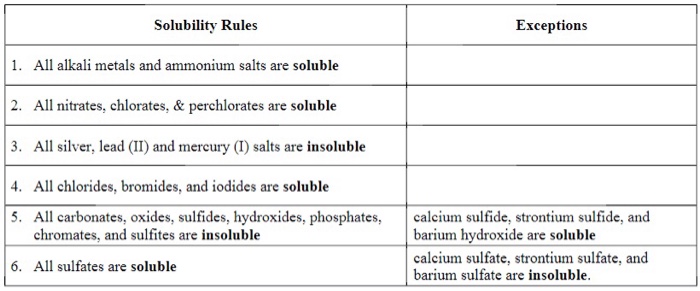Aim: I would like to investigate how different disinfectant concentrations can affect the
growth and reproduction of bacteria.
Hypothesis:
I hypothesise that the Stronger the concentration of dettol more bacteria will be killed.
Independent Variables:
The variable that I will be changing is the concentration of disinfectant.
This variable will be changed by adding different quantities of water to the disinfectant.
Dependent Variables:
The variable that i will be measuring is the area of the clear zone around the dettol dish.
I will measure the diameter of the clear zone using a ruler.
Other Variables:
Growing temperature- We need to keep it the same temperature so bacteria grows
Growing medium- needs to be grown on the same medium
Growing time- needs to be grown for the same amount of time
Reliability:
I will repeat the experiment 3 times to ensure the results are reliable.
Equipment:
Dettol
Vivid
Filter Paper
Water
Cellotape
Agar plate
Hole Punch
Bacterial Solution
Dropper
Tweezers
Method:
Get the equipment.
Punch out 4 discs of filter paper using a hole punch.
Using the dropper transfer the bacterial solution onto the agar plate.
swirl.
Tip out any excess solution.
mark the agar plate by dividing it into quadrants using a vivid.
Label the 4 quadrants. (FS, MR, D, H2O)
Dip one of the discs in water then gently place it in the center of the quadrant labeled
for water.
Dip The second small disc into full strength dettol then shake off any excess and
gently place the disc in the center of the quadrant labeled for full strength dettol.
Wash the tweezers.
mix 1 cap full of dettol with 400 mls of water to create your next solution.
Dip the third disc in the solution you have just created then shake off any extra
solution, then gently place the disc in the center of the quadrant labeled for
Manufactured recommended.
wash the tweezers.
Add 400 mls of water to the solution you have.
Dip The final disc in the solution you have just made then shake off any extra
solution, then gently place the disc in the center of the final quadrant that should be
labeled Diluted.
On the edge of the agar plate print your name in vivid.
Place the lid on the plate and tape closed with cellotape.
Incubate the agar plate overnight.
Recorded Data:
mm
|
Plate 1
|
Plate 2
|
Plate 3
|
Plate 4
|
Average
|
Full Strength
|
25
|
35
|
40
|
0
|
34
|
Manufactured recommended
|
15
|
15
|
25
|
36
|
19
|
Diluted
|
15
|
5
|
15
|
36
|
12
|
Water
|
0
|
0
|
0
|
0
|
0
|
Plates 1,2 and 3 are plates that worked whereas plate 4 didn't and has some abnormalities.
Processed Data:
Strength
|
Average (mm)
|
100%
|
34
|
3.6%
|
19
|
1.8%
|
12
|
0%
|
0
|
Interpretation of Data:
The data shows an increasing trend.
Conclusion:
I conclude that the results of this experiment that the plates 1,2 and 3
successfully worked and had very similar results when compared.
The full strength dettol had an average of 34 mm diameter. The Manufactured
Recommended had an average diameter of 19 mm. And finally, the Diluted dettol solution
had an average diameter of 12 mm. Water had 0 mm diameter because there was
nothing there to kill the bacteria. Some plates that I observed did have water killing
bacteria and I can bring that down to the Chlorine in our water systems.
Plate 4 on the other hand had some different results regarding how much bacteria was
killed. The full Strength dettol solution and the water had a diameter of 0 mm.
The Manufactured Recommended and the Diluted solutions both had a diameter of 36 mm.
Discussion:
What happened?
Bacteria was being killed.
What is bacteria?
Bacteria is a single cell organism that is neither a plant or animal.
They are usually a few micrometers in length meaning they can only be seen under a
microscope.
How was the bacteria being killed?
The bacteria was placed on an agar plate with dettol. The stronger the dettol solution the
more the bacteria was killed.
How was the dettol killing the bacteria?
Dettol has a chemical called chloroxylenol that gets into the bacteria cell and rips apart
the cell wall causing the whole cell to collapse.
How does Chloroxylenol get in?
It gets in through diffusion. Diffusion is the process of transporting nutrients from
outside the cell to the inside of the cell.
Evaluation:
The experiment went well because the bacteria grew as expected and there where
little to no anomalies. There was one plate that I found that was a bit odd where the water
was killing bacteria. I can bring this down to being the fact that the water is chlorinated and
is killing the bacteria that we have placed on the plate. Aside from that the experiment went
well and I was able to get three reliable results for each concentration of dettol.
I would improve my method by marking the agar plate before applying the bacterial
solution because it seems more logical and makes more sense to do it in that order.
